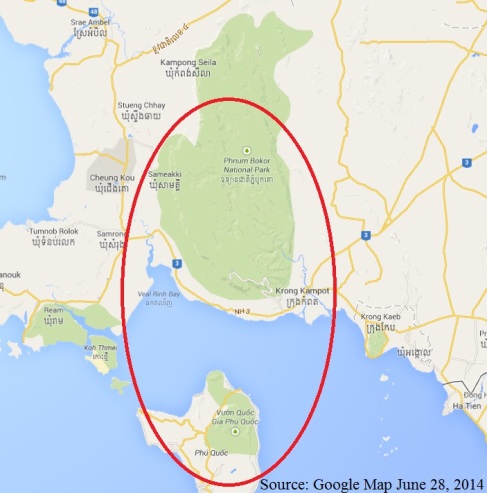![]()
The academic system of some Cambodian universities, especially in the provinces, is creating only lazy individuals that confuse success with corruption… just more ducks with Laxus for the next generation.
Probably we need to invest more in fight the administrative corruption of our country. Surely, we have to understand that corruption is not only an evil of certain officials and public servants, but it can be rooted deeply in the culture, in the traditions, in the society, in the most simple of the daily life like going to the market or driving through the roads. I have always defended the idea that the worst of the Cambodian corruption is not the corruption itself (in all countries, even your country, oh foreign reader) there is someone being not transparent and abusing public funds to their benefit. No. The most problematic is when the people don’t know what corruption is. If you live in Cambodia you have to face with corruption in any scale. Many times you are obliged to “pay for a service” to an official that seems not to understand his/her social duty. So, let us go to the one of the roots of corruption – besides a manipulated will of those interested in holding corruption to guarantee their status: Education.
Certainly we can count on some very good universities in Phnom Penh with international recognition and great academic projects such as the Royal University of Phnom Penh and Pannasastra University, to say only two of some. Easy to guess that those universities celebrate international agreements with high standard centers of education oversees and many of their professors or lectures are very well referenced professionals. The problem is that the best universities in Cambodia are only in Phnom Penh. While there is a dedicated worry to build hotels and resorts in provinces like Siem Reap and Sihanokville, the worry to diversify the best Cambodian universities to reach the provinces is null. No. It is let to very curious private universities, many of them created in garages or old houses, with very limited resources and high fees.
Commercial enterprises that get very easy official licenses to provide bachelor – and even master – degrees to young people willing to study… willing? Well… we don’t know if they will or not:
- Students absency… in those “garage universities” students can be absent as much as they like, because the most important is to pay the fee and… of course… some extra fees for some hungry “lectures”.
- Teachers absency… it is common to have teachers coming from the Royal Capital of Cambodia. Probably it’s an attempt to get “good teachers” but… if they are good teachers somewhere in Phnom Penh, their compromise with the provinces is far from being responsible… also teachers are allowed to be absent anytime….
- The lack of a culture of reading is a serious problem… A 8th grade student in Thailand has read more books than certain senior “garage” university students from Cambodia… ask any Cambodian near to reach how many books he/she has read… Try to see the thesis elaborated in these “garage universities”.
- A completely lack of practicality… these “professionals” are not at the level of the international standard. They confuse the tie with the brain.
At the end, these bad universities filling the Cambodian provinces, are creating only the next generation of corrupt leaders… a lazy and ambitious generation that want to have a car, a big house and a nice smart suit, but without work, without thinking, without effort… only being vampires of the common good of their own people. If we don’t change it, Cambodia will be far from being competitive. The World Bank Report said it already. There is a need to include Confucius in all policy making for the Cambodian development.
Filed under:
Corruption,
Education,
Problems,
Society Tagged:
Corruption,
universities ![]()
![]()






























